Spring 2020 PEAK Experiences Awardees
Congratulations to the COE student recipients of the Spring 2020 PEAK Experiences Awards. The PEAK Experiences Awards are a progressively structured sequence of opportunities designed to support learners as they continue climbing to new heights of achievement in undergraduate research and creative endeavor throughout their Northeastern journeys.
BASE CAMP AWARDS
 Developing HPLC Methods for Characterizing Thermoresponsive Polymers Developing HPLC Methods for Characterizing Thermoresponsive PolymersSTUDENT(S): Gillian Audia E’23, Chemical Engineering/Biochemistry MENTOR: Professor Adam Ekenseair, Chemical Engineering The overall goal of this project is to develop a thermoresponsive biomaterial scaffold capable of both drug and stem cell delivery for treating ulcerative colitis. I hope to develop methods for high-performance liquid chromatography (HPLC) to help determine the composition of polymers we synthesize. |
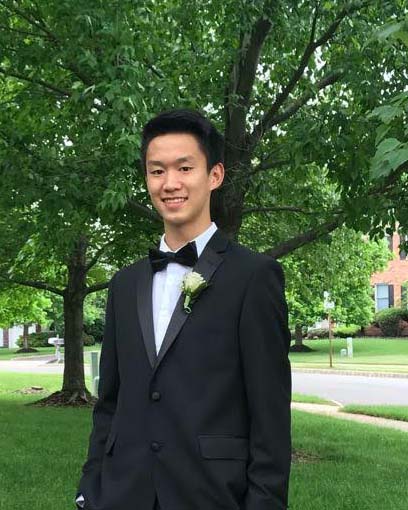 How AFD Thermosensory Neurons Regulate Oxidative Stress Resistance in C. elegans How AFD Thermosensory Neurons Regulate Oxidative Stress Resistance in C. elegansSTUDENT(S): Nathan Gong E’23, Bioengineering MENTOR: Professor Javier Apfeld, Biology The purpose of this project is to use RNAi to elucidate the signal transmitted from AFD neurons to regulate the DAF-16 transcription factor in C. elegans. Validate RNAi clones using bacterial streaking, PCR, and gel electrophoresis. |
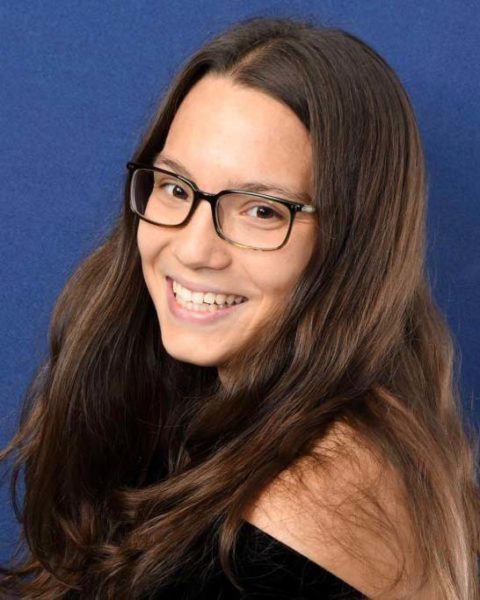 Molecular Dynamics of DPPC Molecular Dynamics of DPPCSTUDENT(S): Carmen Graham E’24, Bioengineering MENTOR: Professor Mona Minkara, Bioengineering I will be working on molecular dynamics simulations of Dipalmitoylphosphatidylcholine (DPPC), which is a key component of pulmonary surfactant. The data collected from these simulations will be analyzed with the goal of further understanding how DPPC and pulmonary surfactant functions. |
 Incorporating Societal Factors into Industrial Engineering Models Incorporating Societal Factors into Industrial Engineering ModelsSTUDENT(S): Olivia Johnian E’22, Industrial Engineering MENTOR: Professor Kayse Maass, Mechanical & Industrial Engineering With this award, I hope to help create the first literature review that focuses on the use of societal and ethical factors in modeling. I will be researching Industrial Engineering models that incorporate social justice issues and assessing how “equality,” “equity,” and “fairness” are used in these models. |
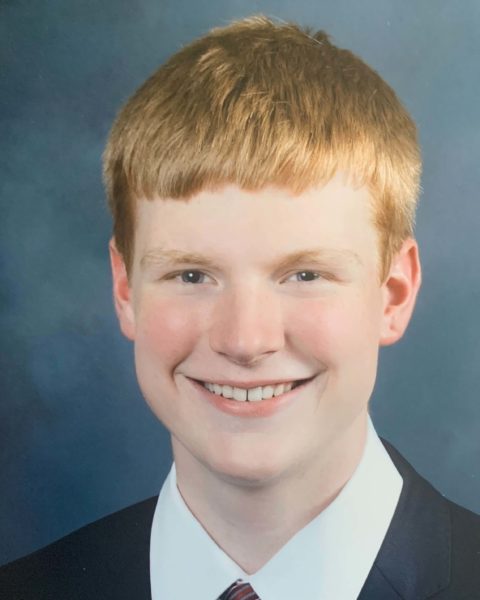 Verifying and Understanding Kinetic Models Verifying and Understanding Kinetic ModelsSTUDENT(S): Jonathan Plage E’23, Chemical Engineering MENTOR: Professor Richard West, Chemical Engineering My project’s goal is to identify species and reactions in a published detailed kinetic model, determine the model’s validity by comparing it to experimental data, and understand how the model was constructed. |
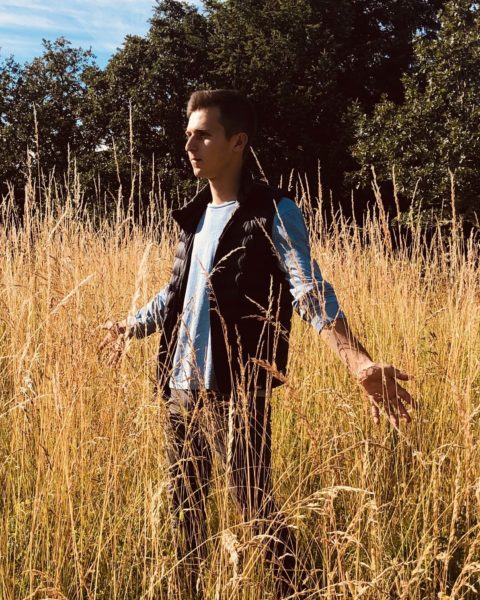 G-Quadruplex DNA Effects on Genome Stability and Human Disease G-Quadruplex DNA Effects on Genome Stability and Human DiseaseSTUDENT(S): Mateo Rodriguez E’23, Bioengineering/Biochemistry MENTOR: Professor Tovah Day, Biology The funds provided by The Base Camp Award would go to support the research of G-Quadruplex DNA. These guanine rich DNA clusters are suspected to increase genome instability potentially making organisms more susceptible to cancer and other diseases. |
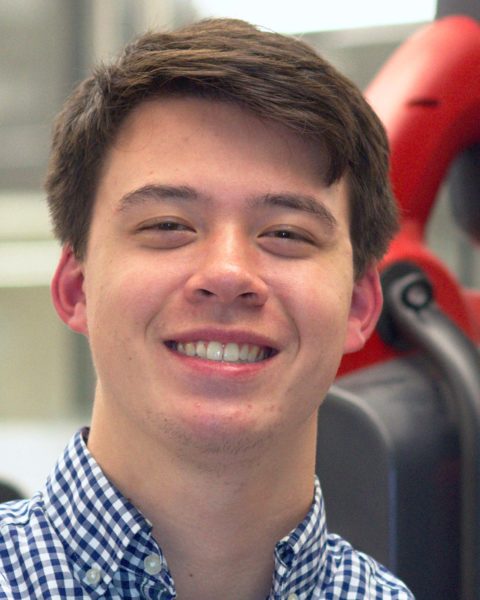 Robotic Foam Shell Fabrication Robotic Foam Shell FabricationSTUDENT(S): Matthew Schroeter E’22, Bioengineering MENTOR: Professor Alireza Ramezani, Electrical and Computer Engineering Development of 3D printed molds to create protective foam shells for robotic joints and body. |
 Importing Combustion Mechanism Model into RMG Software Importing Combustion Mechanism Model into RMG SoftwareSTUDENT(S): Samuel Vayner E’24, Chemical Engineering/Biochemistry MENTOR: Professor Richard West, Chemical Engineering The RMG software works to validate and compare previously published models of fuel combustion mechanisms. I will be working to import additional models into this system by identifying individual chemical species and transcribing them into a software readable format. |
 A Pilot Study of the Regeneration of HS and HA Components of the Endothelial Glycocalyx A Pilot Study of the Regeneration of HS and HA Components of the Endothelial GlycocalyxSTUDENT(S): Selina Banerjee E’21, Chemical Engineering MENTOR: Professor Eno Ebong, Chemical Engineering Atherosclerosis and associated cardiovascular disease affect 121.5 million adults and costs around $214 billion in the US alone, despite significant advances in disease prevention and treatment. Current therapeutic approaches mainly target advanced stages of the disease. The goal of this research is to improve disease outcomes via early disease intervention by studying the endothelial glycocalyx, a sugar-rich lining of the blood vessel wall that protects vascular health and is damaged in early atherosclerosis. This project focuses on studying the regeneration of the heparan sulfate and hyaluronic acid cmponents of the endothelial glycocalyx. |
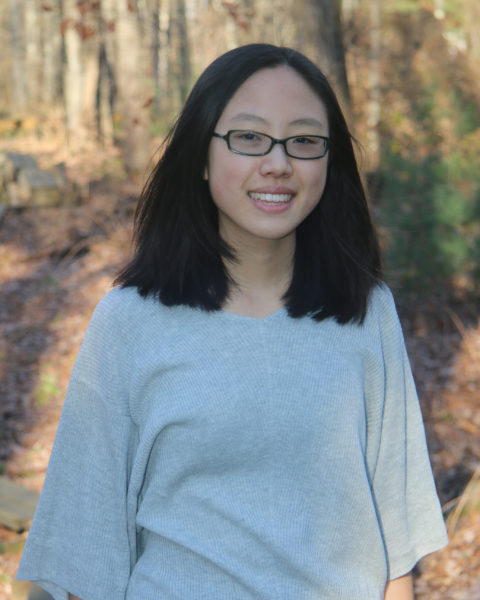 In-situ Imaging for Monitoring and Quantifying Growth: A Non-Invasive Measurement of Root Culture Growth In-situ Imaging for Monitoring and Quantifying Growth: A Non-Invasive Measurement of Root Culture GrowthSTUDENT(S): Amanda Dee E’23, Bioengineering MENTOR: Professor Carolyn Lee-Parsons, Chemical Engineering Catharanthus roseus produces two anticancer compounds. By studying how these compounds are produced, we can enhance production. In this project, I will verify that transgenic constructs were integrated into the DNA and evaluate whether these transgenes had a significant effect on growth. To achieve these goals, I will use imaging and mathematical modeling to calculate the time needed for root mass to double. Additionally, I will use molecular biology techniques to determine whether the transgenes were integrated and their expression levels. I may present my work at Northeastern’s RISE, the ISPE Poster Competition or the Northeastern Section Younger Chemists Committee. |
 Optimizing Hydrogen Peroxide Generation in Green Water Remediation Filter Optimizing Hydrogen Peroxide Generation in Green Water Remediation FilterSTUDENT(S): Anna Schwarzweller E’22, Civil Engineering Rachel Lines COS’23 MENTOR: Professor Vaso Lykourinou, Chemistry & Chemical Biology The RAISE lab aims to continue research towards the development of a water filter to remediate estrogenic runoff water downstream of agricultural farms. We will use an electrochemical cell to activate a catalyst which binds to estrogen and deactivates it. We will focus our spring research to the optimization of the generation of hydrogen peroxide, crucial for effective estrogen degradation. Our results will be shared at various conferences and we hope to publish our findings in the near future. |
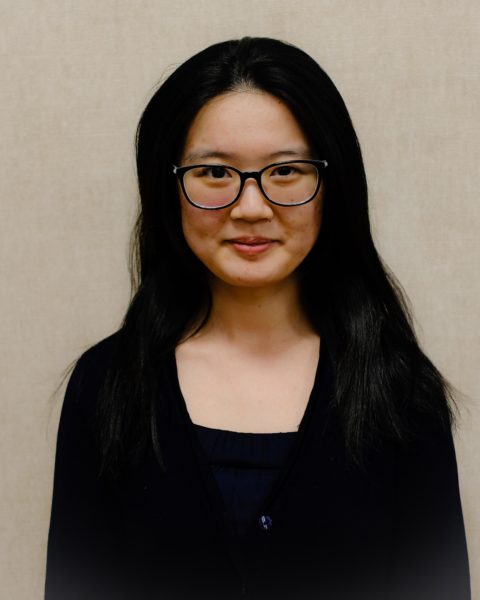 Illuminating the 3D Structure of Sensory Networks in Adipose Tissues Illuminating the 3D Structure of Sensory Networks in Adipose TissuesSTUDENT(S): Jessica Cheng E’20, Bioengineering MENTOR: Professor Anand Asthagiri, Bioengineering The relationship between the nervous system and adipose tissues has often been overlooked. Yet, the influences between these two tissues may be important in advancing future therapeutics for metabolic disorders. This project aims to visualize and model the network of sensory neurons around white, beige, and brown adipose tissues, each of which has different thermogenic and metabolic activities. The circuitry between sensory neurons in adipose tissues and the brain will also be explored in this project. Three-dimensional models of these neural networks resulting from this project will be shared at multiple academic presentations |
 Distinct Behavior of the Two KRas Splice Variants Distinct Behavior of the Two KRas Splice VariantsSTUDENT(S): Trinity Cookis E’20, Chemical Engineering/Biochemistry MENTOR: Professor Carla Mattos, Chemistry & Chemical Biology Ras GTPases are dynamic signaling proteins that drive cellular pathways to control cell proliferation, differentiation, and survival and are mutated in 20% of all human cancers. This project will focus on two closely related Ras GTPases that we have found to demonstrate significant differences in structure and conformational preferences. The PEAK award will be used to characterize the two proteins both biochemically and through accelerated molecular dynamics in order to better understand how the two proteins may function together to promote Ras-driven cancers. |
 Enabling Long-lived Mobile Internet of Things with Wake-up Radios and Unmanned Aerial Systems Enabling Long-lived Mobile Internet of Things with Wake-up Radios and Unmanned Aerial SystemsSTUDENT(S): Kevin Hines E’20, Computer Engineering MENTOR: Professor Stefano Basagni, Electrical & Computer Engineering As the world becomes increasingly connected, the need for reliable and efficient smart devices becomes more important. Years of research in wireless computer networks have led to what is now referred to as the Internet of Things (IoT). A major challenge that IoT devices face is related to power consumption. This project will explore the use of a wake-up radio to use a fraction of the power and energy consumption compared to always-on technology in smart buoys deployed in bodies of water. |